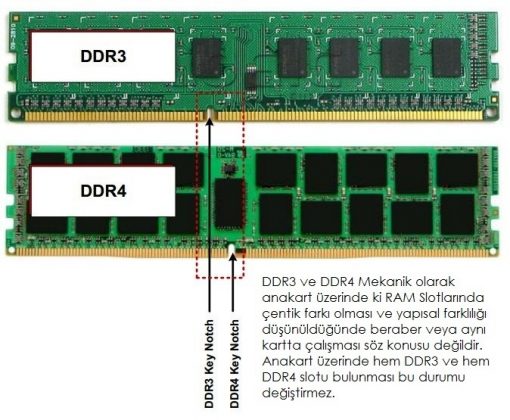
ASUS TUF Anakart Gaming X670E-PLUS WiFi AMD X670E AM5 DDR5 6400 DP HDMI 4x M2 USB3.2 AX WiFi + BT AURA RGB 2.5Gbit LAN ATX 128GB'a kadar ram desteği, PCIe5.0, ASUS 5X

Asus Rog Strix B550-E Gaming AMD AM4 DDR4 ATX Anakart Fiyatları, Özellikleri ve Yorumları | En Ucuzu Akakçe

ASUS ROG STRIX X670E-F Anakart Gaming WiFi AMD X670E AM5 DDR5 6400 DP HDMI 4x M2 USB3.2 WiFi 6E AURA RGB 2.5Gbit LAN ATX 128GB'a kadar ram desteği, PCIe5.0, ASUS 5X Protection

ASUS TUF GAMING Z790-PLUS WIFI D4 5333MHz(OC) DDR4 Soket 1700 M.2 HDMI DP ATX Anakart - Gaming.Gen.TR

X99H anakart masaüstü anakart B85 çip LGA2011-V3 DDR3X4 ECC sunucu bellek yuvası M.2 NVME PCI-E 3.0 X16 SATA3.0 PC için - AliExpress


















